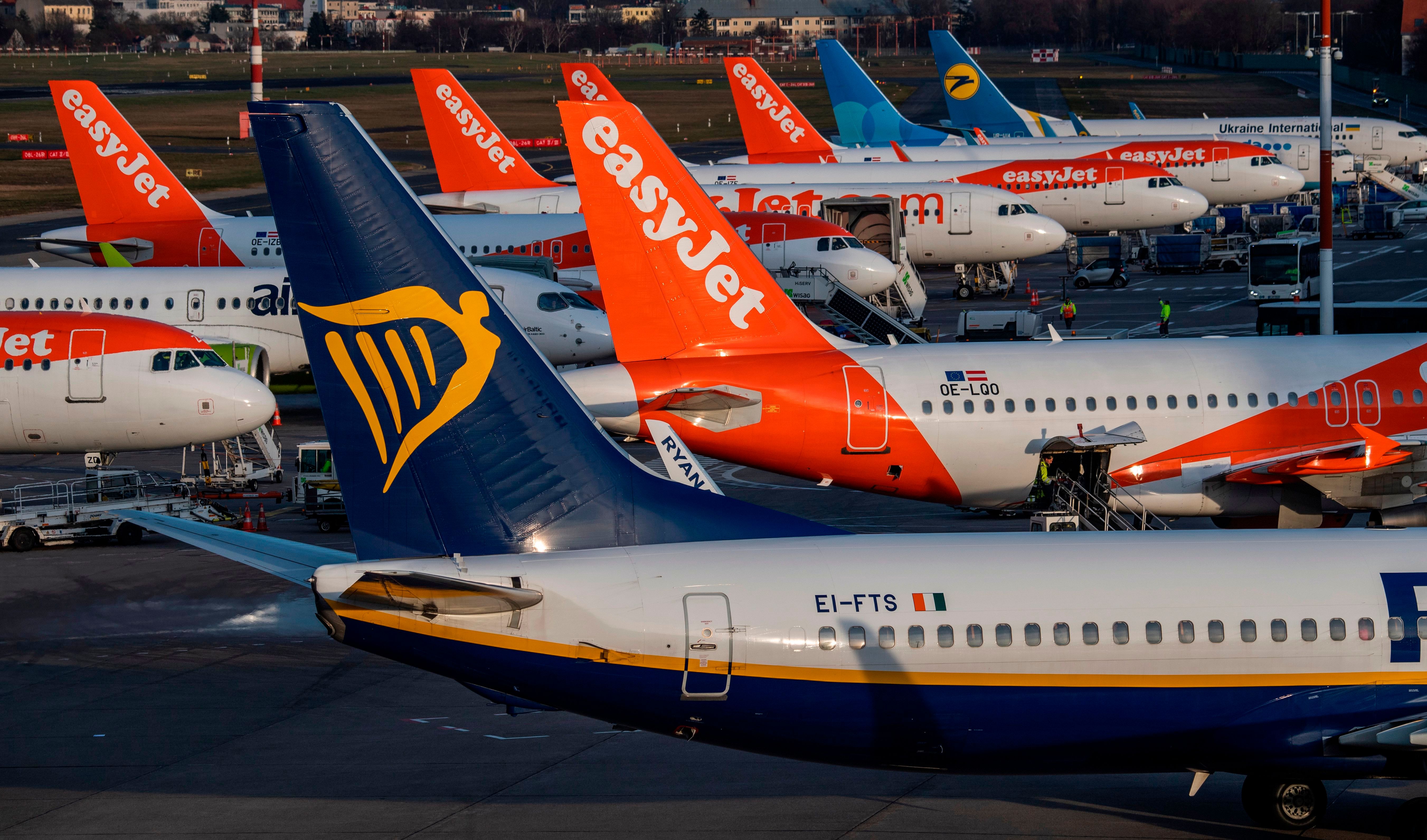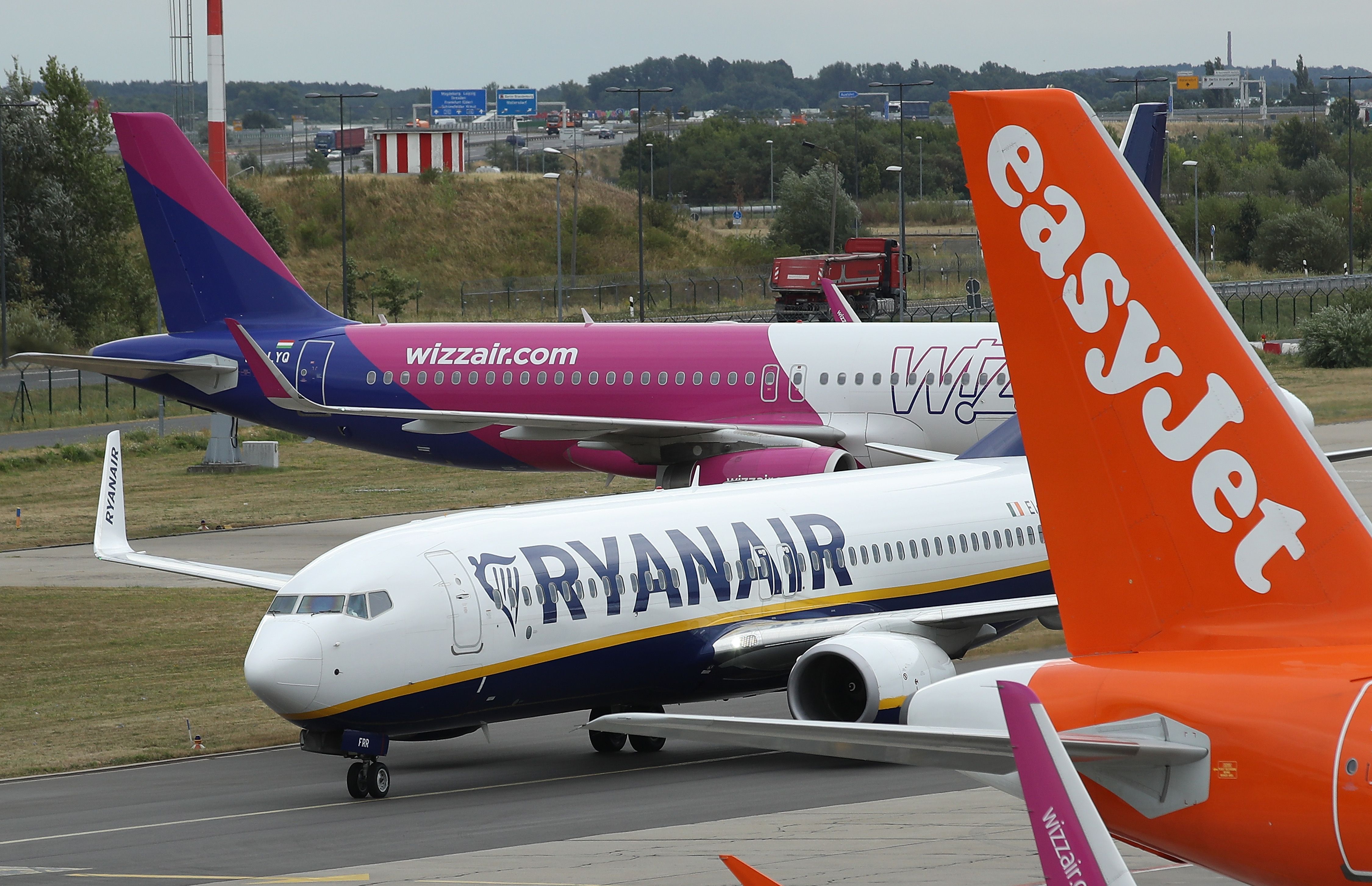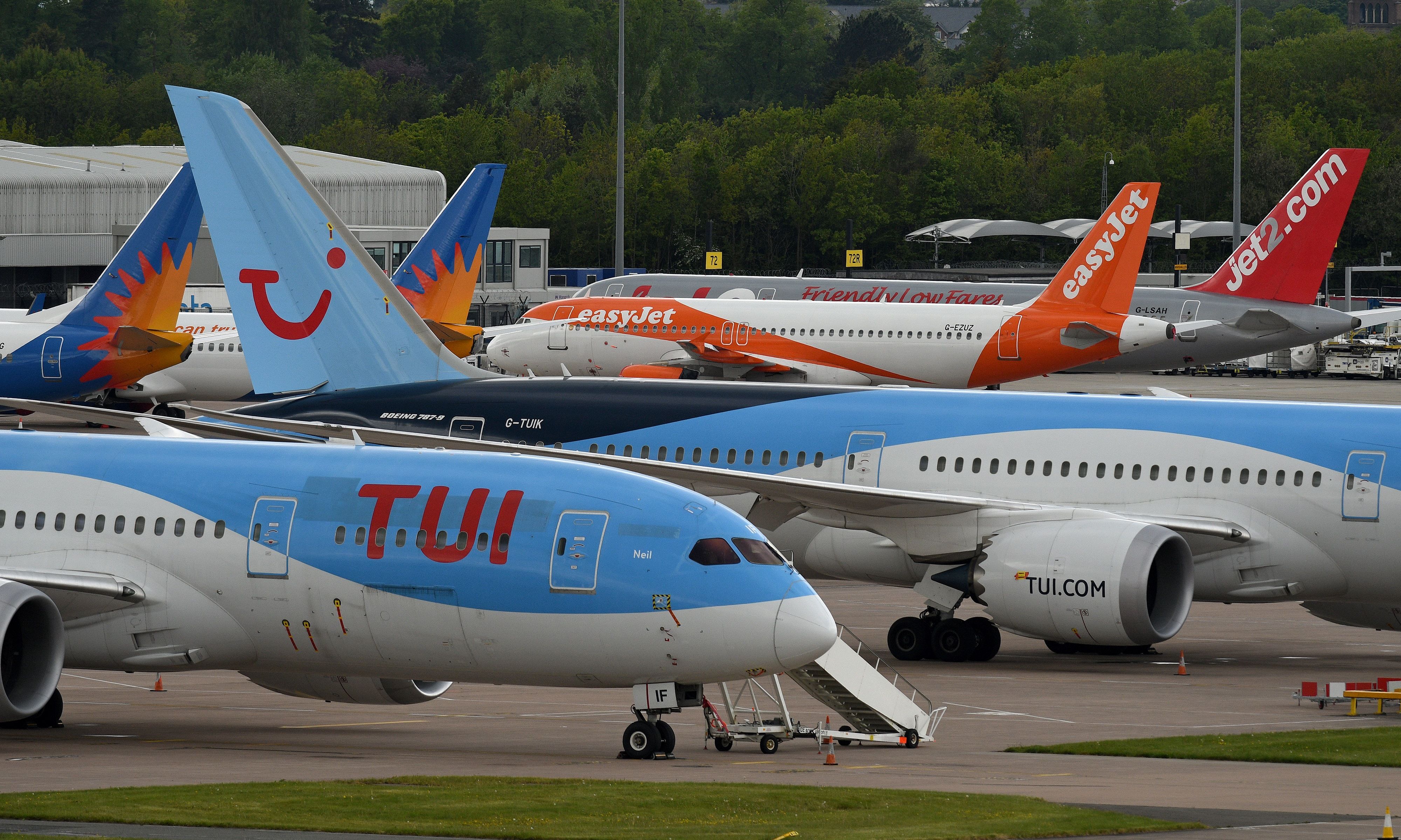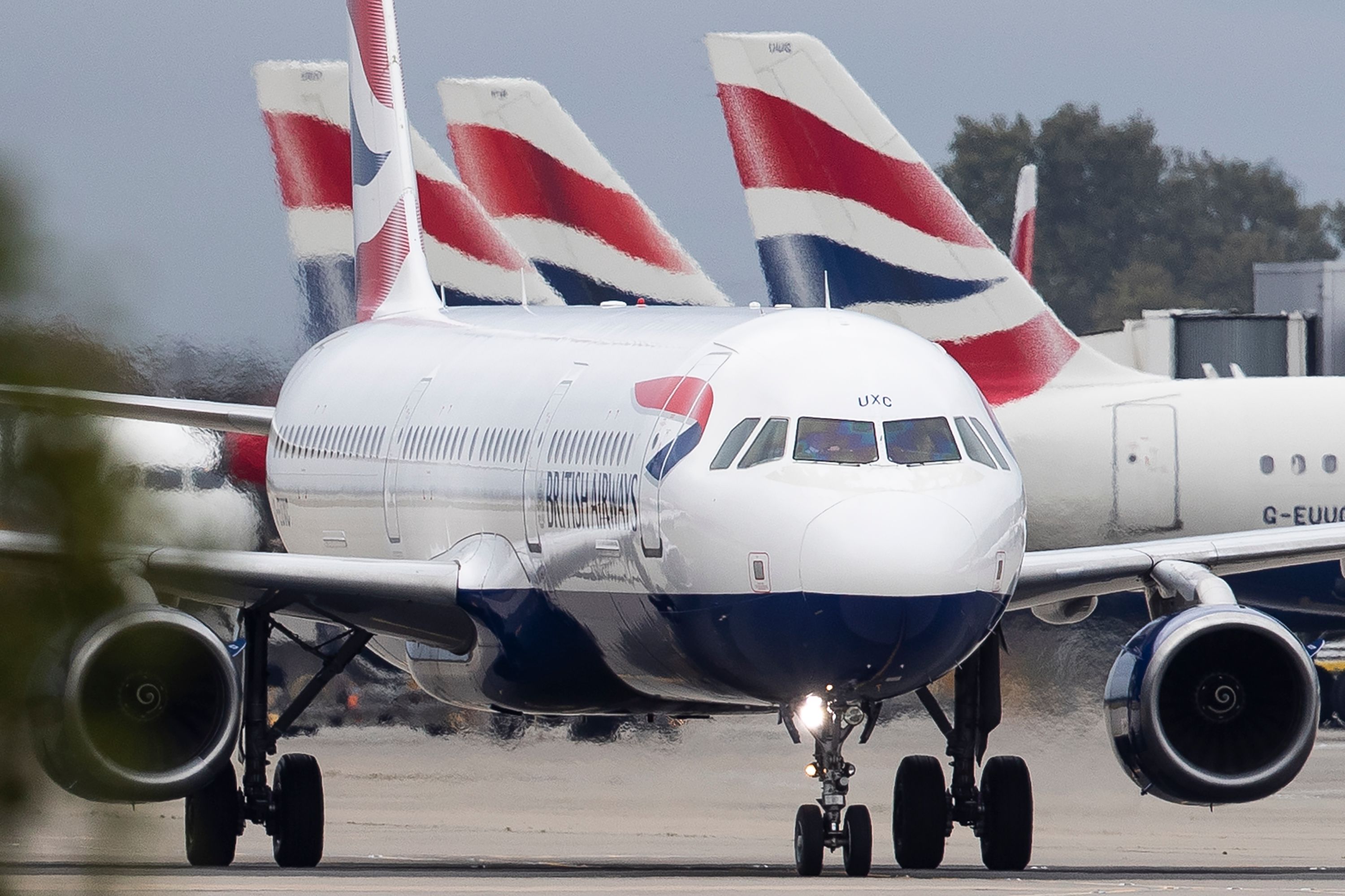The global aviation industry is striving for carbon neutrality, from fleet renewals to using Sustainable Aviation Fuels and introducing new drag-reduction technology. It feels like a race towards zero emissions. However, a recent study has indicated that the UK government has been giving airlines a large number of free pollution permits in a single year, rather undoing the good work that has otherwise been going on.
Cap and trade scheme
Replacing the UK's participation in the EU ETS from January 2021, the UK Emissions Trading Scheme (UK ETS) was set up as a 'cap and trade' approach to reducing emissions. A cap is set on the total amount of certain greenhouse gases emitted. This limits the total amount of carbon emitted as it decreases over time.
Within this cap, airlines receive free allowances or buy emission allowances at auction or on the secondary market, which they can trade with other participants as needed. And each year, airlines must surrender the allowance to cover their reportable emissions. As the cap is reduced over time, the total emissions will eventually decrease.
Polluted generosity
Last year, the UK ETS allegedly handed airlines 4.4 million free allowances, worth about £242 million ($255.26 million). However, the aviation industry only surrendered 3.4 million back. This meant that there were approximately one million allowances in excess that the airline could either keep for future years or sell back to the UK ETS secondary market.
According to the Transport & Environment (T&E), a green group that conducted the study on the UK government, a single permit was priced at an average of £79.20 ($83.54) last year. Had the spares been sold, airlines could have profited up to at least £72 million ($75.95 million). Simply put, the UK government had allegedly been gifting free money to airlines via the carbon market while still allowing the airlines to pollute for free.
Matt Finch, UK director at T&E, had stated:
“The government put in place a scheme meant to reduce aviation emissions, yet it grants get out of jail free cards. Last year was doubly absurd: airlines were allowed to pollute for free, and on top of that the Government awarded excess free allowances that the airlines could sell. That’s a gap in the public coffers needed for public services that taxpayers had to fill instead.”
Airline beneficiaries
While it would be the fault of the UK government to allegedly give away that many free allowances, some responsibility lies within the airlines, considering the number of allowances they surrendered back and the alleged choices made to sell. T&E had singled out five European airlines with the highest spare allowances, with low-cost carrier easyJet taking the podium spot.
easyJet was awarded nearly 1.1 million free allowances but had allegedly only surrendered back just over 580,000. With that many spare allowances, T&E calculated using the potential highest value that the low-cost carrier stood to gain at least £40 million ($42.16 million) if it had sold them away. And this supposedly came after easyJet received significant government bailouts during the pandemic.
When Simple Flying reached out to easyJet, the airline insisted that it never did sell the allowances it received in 2021, stating:
"The amounts that are distributed to airlines by the Government are set by law according to 2010 market share. We recognize the distribution of allowances would benefit from being updated to reflect the current market."
The following two airlines to join the podium were another low-cost carrier, Ryanair, and the British flag carrier, British Airways. These airlines had received more than 950,000 and 770,000 free allowances, respectively, each standing to gain more than €10 million ($10.54 million) if they had sold in the secondary market. And ending the exclusive five were TUI and Lufthansa, in which the latter airline stood to gain more than €5 million ($5.27 million) from selling its excess allowances.
Scheming loophole
With that many free allowances left unchecked, is there truly a point to the UK ETS cap and trade scheme. The T&E has suggested that most carbon emissions primarily come from long-haul flights, which are not part of the routes covered by the scheme. As a direct result, several airlines do not pay for a significant percentage of their pollution. For major airlines such as British Airways, only 14% of its emissions are covered under the scheme, highlighting a crucial loophole in the quest for zero emissions.
In regards to the loophole, Finch said:
“Free pollution allowances in aviation never made sense, nor did limiting the scheme to just one continent. If the government wants to be seen as a climate leader, ending free allowances and applying the scheme to all departing flights is the only option.”
easyJet seemed to think along the same lines, having told Simple Flying:
“At the same time, we think it is important that the UK ETS is applied equally to all flights leaving the UK, in order to decarbonize our sector. According to government figures, 73% of emissions from UK departing flights are not currently included in the scheme. Including all UK departing flights would be much better for the environment.”
Moreover, the decline in passenger demand during the height of the pandemic meant it was almost inevitable that airlines would end up with more free permits than they could possibly use, possibly explaining why such a large number were never surrendered back.
Bottom line
Regulating emissions from such a large industry like aviation will never be an easy feat. However, schemes like the ETS seem to make it quite complicated, especially regarding allowances and permits. Hopefully, the taxpayers' inevitable financing for these schemes will eventually make aviation greener as hoped.
Source: The Guardian




